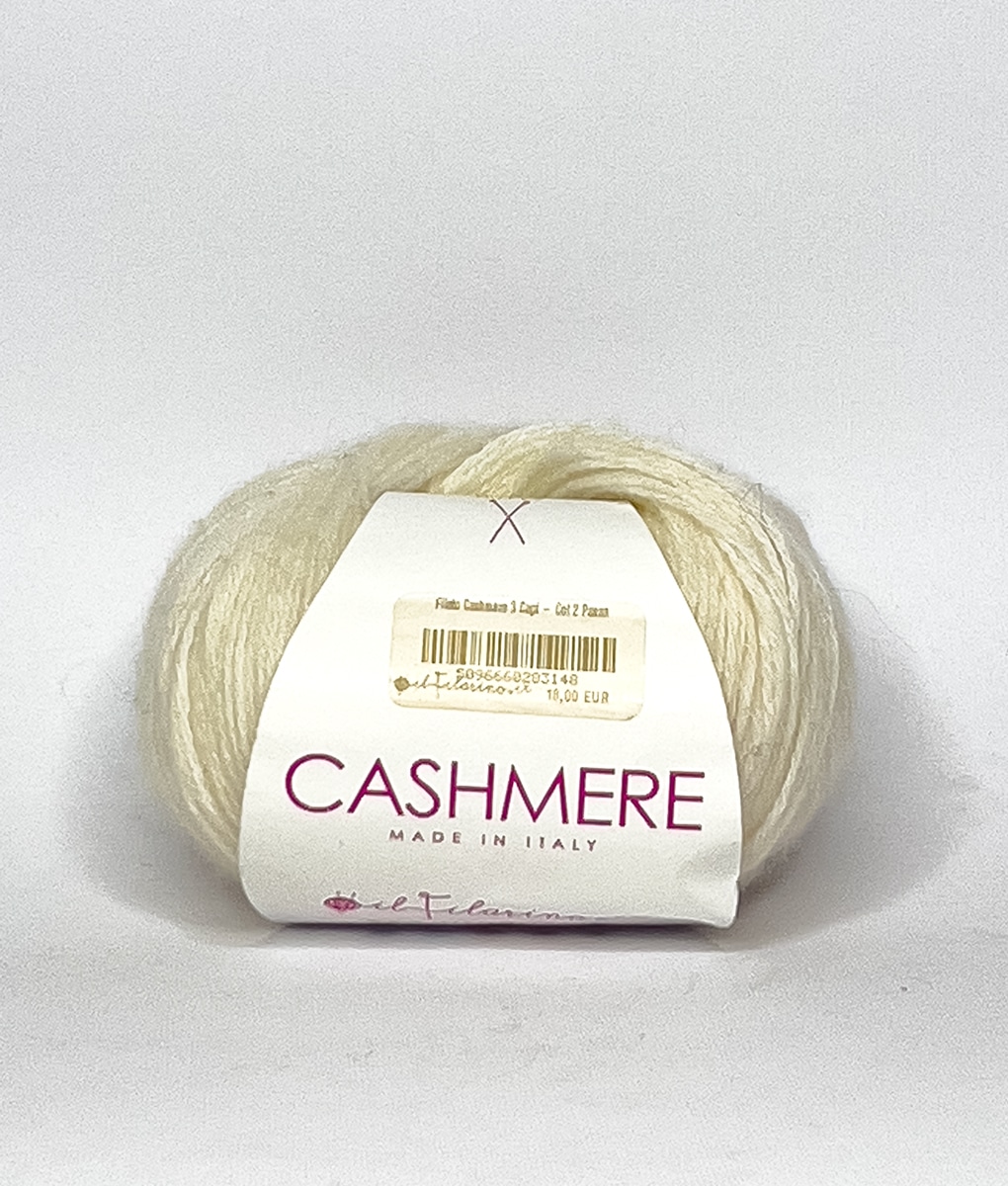The History and Advantages of cashmere in Creating Luxurious Clothing
The History and Advantages of cashmere in Creating Luxurious Clothing
Blog Article
Reasons You Should Require Cashmere a Natural Fiber for Convenience and Beauty in Everyday Use
In the realm of fabrics, couple of fibers measure up to the luxury and convenience of cashmere. This unique material, known for its remarkable softness and insulation, provides unmatched comfort and style for everyday wear. But what sets it aside from various other fibers? Exactly how does it affect the environment and just how does it compare to synthetic options? Furthermore, just how can one best utilize cashmere to elevate their style? These fascinating concerns lay the structure for an informing expedition into the globe of cashmere.
Understanding the Luxurious Nature of Cashmere

Reviewing the Convenience Variable of Cashmere Apparel
Cashmere's one-of-a-kind fiber structure enables for breathability, regulating temperature and protecting against overheating. Cashmere's hypoallergenic residential properties also contribute to its convenience, making it an ideal choice for delicate skin. In essence, the convenience of cashmere is obtained from its soft qualities, breathability, sturdiness, hypoallergenic nature, and versatility.

The Ecological Influence and Sustainability of Cashmere
While the comfort and style of cashmere are definitely enticing, it's just as vital to consider its relationship with the atmosphere. Cashmere manufacturing, mostly in Mongolia and China, includes elevating cashmere goats, which can significantly strain fragile grassland ecological communities due to overgrazing. This can lead to desertification, a pressing ecological problem. Moreover, the processing of cashmere, involving coloring and washing, can additionally add to water air pollution otherwise effectively managed. Nevertheless, efforts are being made to develop lasting cashmere manufacturing techniques, such as rotational grazing and cleaner processing strategies. Therefore, while cashmere has ecological impacts, its sustainability mostly depends on manufacturing methods.
Contrasting Cashmere to Artificial Fibers: A Cost-Benefit Analysis
Despite its ecological challenges, cashmere provides an one-of-a-kind set of benefits over synthetic fibers. On the expense side, cashmere is undeniably extra costly as a result of its labor-intensive production procedure. The advantages make it worth the investment. Cashmere's natural fibers offer unmatched softness and warmth, equating right into comfort that synthetic fibers have a hard time to match. Cashmere pieces are highly sturdy, promising durability that offsets preliminary expenses over time. Unlike artificial fibers, cashmere doesn't contribute to microplastic contamination, making it an extra sustainable choice. On the other hand, synthetic fibers, while less expensive upfront, supply much less convenience, have much shorter life-spans and pose environmental worries. Therefore, when examining cost-benefit, cashmere's superior qualities make it a worthwhile investment for daily wear.
Designing Tips With Cashmere for Everyday Sophistication
Having considered the cost-benefit analysis of cashmere contrasted to synthetic fibers, it ends up being clear why this glamorous material is a favored selection for several. When styling cashmere for day-to-day sophistication, simplicity is crucial. A cashmere sweater, for example, can be matched with tailored trousers or a sleek skirt for a stylish, put-together look - additional reading cashmere fibre. For an extra casual ensemble, a cashmere cardigan put on over an easy t-shirt and pants exudes effortless design. Accessories can further boost the look: a declaration pendant or headscarf can add a pop of shade to a neutral cashmere piece. Inevitably, the intrinsic sophistication of cashmere makes it a versatile enhancement to any wardrobe, effortlessly boosting daily clothing with a touch of luxury.

Verdict
In recap, the exceptional residential properties of cashmere make it a beneficial enhancement to any closet. Its extravagant feel, breathability, comfort, and versatility to differing temperature levels are exceptional. Furthermore, cashmere's sustainability and reduced environmental impact web link contrasted to artificial fibers better improve its allure. The ageless elegance of cashmere, integrated with its flexibility, includes elegance to day-to-day wear. Therefore, investing in cashmere garments is a beneficial choice for sustainability, design, and comfort.

Report this page